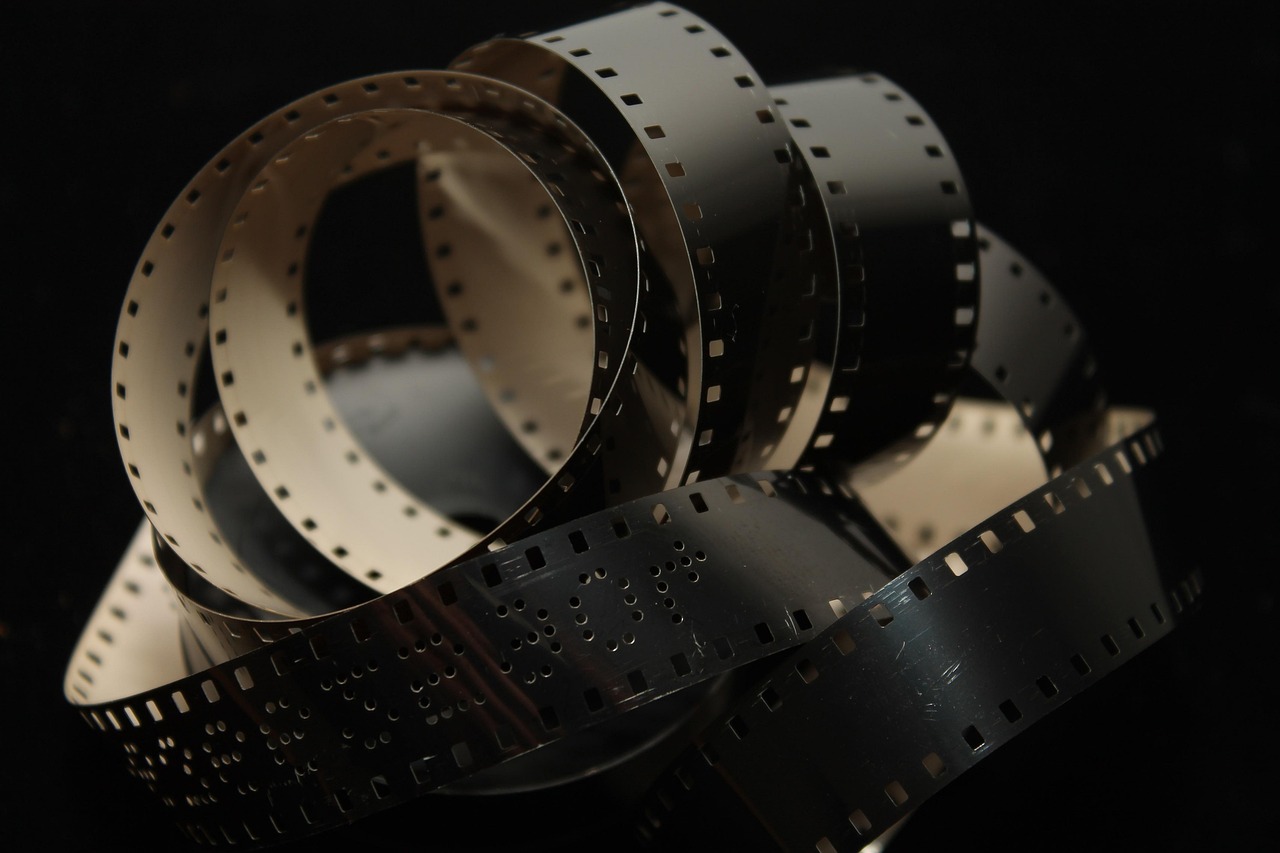From the Celluloid to the Gallery: The Influence of Cinema on Contemporary Art
In the enthralling world of art and entertainment, an unexpected symbiosis has been blossoming. The cross-pollination between the world of celluloid and the vibrant canvas of contemporary art is yielding captivating outcomes. This article delves into the intriguing journey of how cinema has come to influence the tapestry of contemporary art.

Historical Context: The Early Interactions
While cinema and fine art have always shared a mutual admiration, their merger into a distinctive artistic movement began in the early 20th century. The advent of moving pictures intrigued artists and opened a new avenue for creative expression. Filmic techniques like montage, slow motion, and superimposition found their way into the artist’s palette, enriching their repertoire.
The Contemporary Scene: A New Artistic Language
Today, the influence of cinema on contemporary art is more pronounced than ever. Artists are increasingly using filmic language to articulate their ideas, incorporating elements like storyboarding, cinematography, and sound design into their work. This fusion creates a unique, immersive experience, blurring the line between the viewer and the artwork.
The Impact: Reimagining Narratives
The infusion of cinematic elements has significantly impacted contemporary art, offering a new way to tell stories. Artists are reimagining narratives, using the dynamic nature of film to explore complex themes and engage viewers more deeply. This interplay has also opened up new dialogues about representation, identity, and cultural memory in contemporary art.
Reception: A New Artistic Standard?
As more artists explore this fusion, critics and audiences alike are taking note. Some argue that the cinematic influence is setting a new artistic standard, pushing boundaries, and expanding the definition of what constitutes art. However, others caution against the risk of art becoming overly reliant on cinematic techniques at the expense of other artistic expressions.
The Future: Beyond the Silver Screen
While it’s clear that the relationship between cinema and contemporary art is growing stronger, the future holds even more exciting possibilities. With the advent of digital technologies like virtual reality and augmented reality, artists have even more tools to create immersive, cinematic experiences, promising a compelling future for the arts.
In conclusion, the influence of cinema on contemporary art is a fascinating development in the arts and entertainment industry. This symbiotic relationship has not only enriched artistic expression but also challenged conventional notions of what art can be. As we anticipate further exciting developments, one thing is clear: the silver screen’s allure continues to captivate artists, leaving an indelible mark on the canvas of contemporary art.




